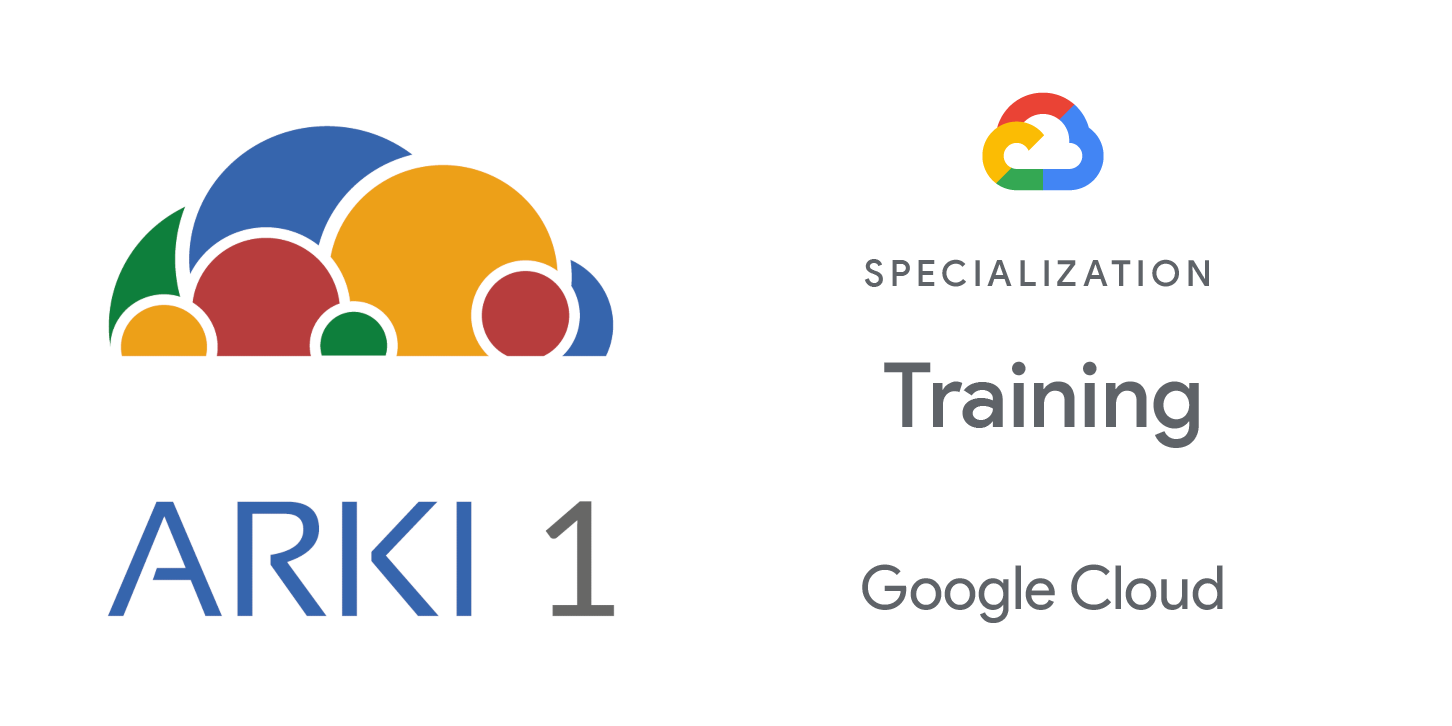Objetivos
Este curso enseña a los participantes las siguientes habilidades:
- Comprender cómo funcionan los contenedores de software.
- Comprender la arquitectura de Kubernetes.
- Comprender la arquitectura de Google Cloud.
- Comprender cómo funciona la red de pods en Google Kubernetes Engine.
- Crear y gestionar clústeres de Kubernetes Engine utilizando la Consola de Google Cloud y comandos gcloud/kubectl.
- Lanzar, revertir y exponer trabajos en Kubernetes.
- Gestionar el control de acceso utilizando Kubernetes RBAC e IAM.
- Gestionar políticas de seguridad de pods y políticas de red.
- Usar Secretos y ConfigMaps para aislar credenciales de seguridad y artefactos de configuración.
- Comprender las opciones de Google Cloud para servicios de almacenamiento gestionado.
- Monitorear aplicaciones en ejecución en Google Kubernetes Engine.
Público
Esta clase está dirigida a la siguiente audiencia:
- Arquitectos de la Nube, administradores y personal de SysOps/DevOps.
- Individuos que utilizan Google Cloud para crear nuevas soluciones o integrar sistemas existentes, entornos de aplicaciones e infraestructura con Google Cloud.
Prerrequisitos
Para aprovechar al máximo este curso, los participantes deben cumplir con los siguientes criterios:
- Finalización de Google Cloud Fundamentals: Core Infrastructure o experiencia equivalente.
- Competencia básica en herramientas de línea de comandos y entornos de sistema operativo Linux.
- Experiencia en operaciones del sistema, incluida la implementación y gestión de aplicaciones, en las instalaciones o en un entorno de nube pública.
Duración
Inversión
Resumen del curso
- Introduce the course goals and preview each section of the course.
- Define, configure, inspect, manage, and update Deployments.
- Define what Jobs and CronJobs are in GKE, and explore relevant use cases. Create
and run Jobs. - Explain how to scale clusters manually and automatically.
- Configure node and pod affinity.
Explore Kubernetes networking, including Pod and cluster networking.
Create services to expose to applications running within Pods.
Configure load balancers to expose services to external clients. Explore container-
native load balancing in GKE.Configure Google Kubernetes Engine networking.
• Define and work with Kubernetes storage abstractions.
• Run and maintain sets of pods using StatefulSets.
• Use ConfigMaps to decouple configuration from Pods.
• Manage and store sensitive access and authentication data.
• Configure persistent storage for Google Kubernetes Engine.
• Authentication and authorization
• Kubernetes role-based access control
• Workload Identity
• Kubernetes control plane security
• Pod security
• Identify the tools included in the Google Cloud Observability .
• Configure the Google Cloud operations suite to monitor and manage the
availability and performance.
• Inspect logs using the kubectl command.
• Inspect Kubernetes logs using Google Cloud Observability.
• Configure GKE-native Monitoring and Logging.
• Contrast managed storage services with self-managed storage.
• Identify use cases for Cloud Storage for Kubernetes applications.
• Compare the range of Google Cloud managed database services.
• Explore Cloud SQL Auth Proxy and how it connects to Cloud SQL from within GKE.
• Use Cloud SQL with Google Kubernetes Engine.
• Define continuous integration and continuous delivery and identify why it
is important.
• Examine CI/CD pipelines and how they can optimize app releases.
• Explore first-party and third-party CI/CD tools supported by Google Cloud.
• Explore Google’s best practices for a GKE CI/CD pipeline.
Review the main objectives from each section of the course.


